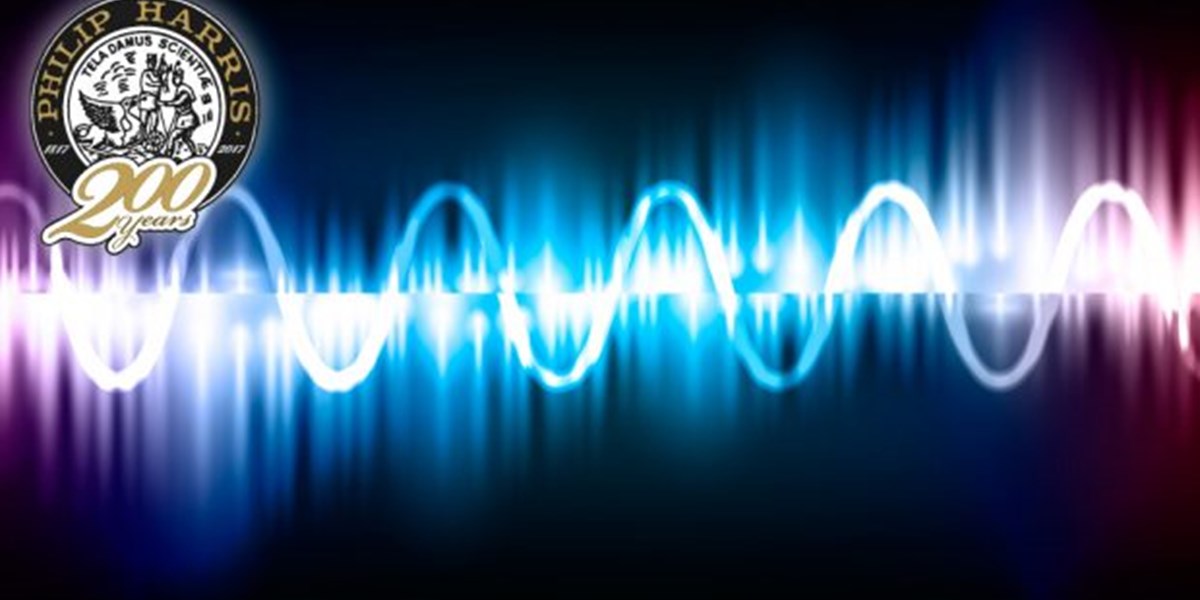1842 – Doppler Effect is Formulated

As part of our 200 year anniversary we are celebrating significant events that have taken place since 1817 – 2017. This week it is 1842 and the Doppler Effect is formulated.
The Doppler Effect was named after Christian Doppler who first came up with the idea.
He made the connection that sound waves would have a higher frequency if the source was moving towards you and lower if it was moving away.
From steam trains to sirens
The whistle of a steam train is a common example of how the Doppler Effect works. So as the train gets closer the whistle is a higher pitch. The same rule applies for a police car or ambulance siren, its pitch will change as it approaches, passes you and then continues into the distance.
It doesn’t just apply to sound
This doesn’t just apply to sound – scientists can determine a lot of information about distant stars and galaxies using the spectrum of electromagnetic radiation and can understand certain properties about stars and galaxies using other methods such as the Doppler Effect, which enables them to see how quickly stars and galaxies are moving towards us or away from us.
The Hubble telescope found light from distant galaxies was shifted towards lower frequencies, to the red end of the spectrum using the Doppler Effect.
If you can join us next week we will be continuing with the space theme and travelling forward to 1846 when Neptune was discovered.

